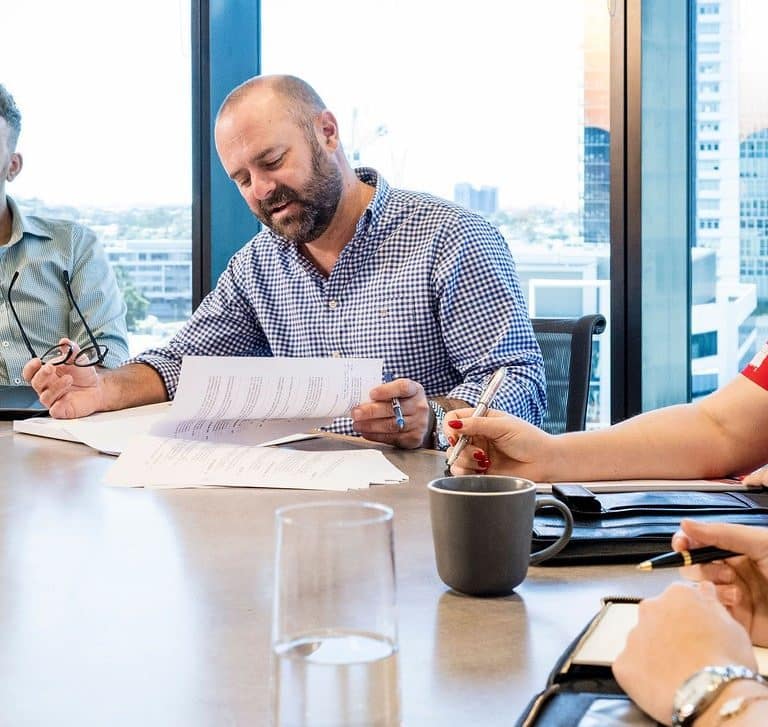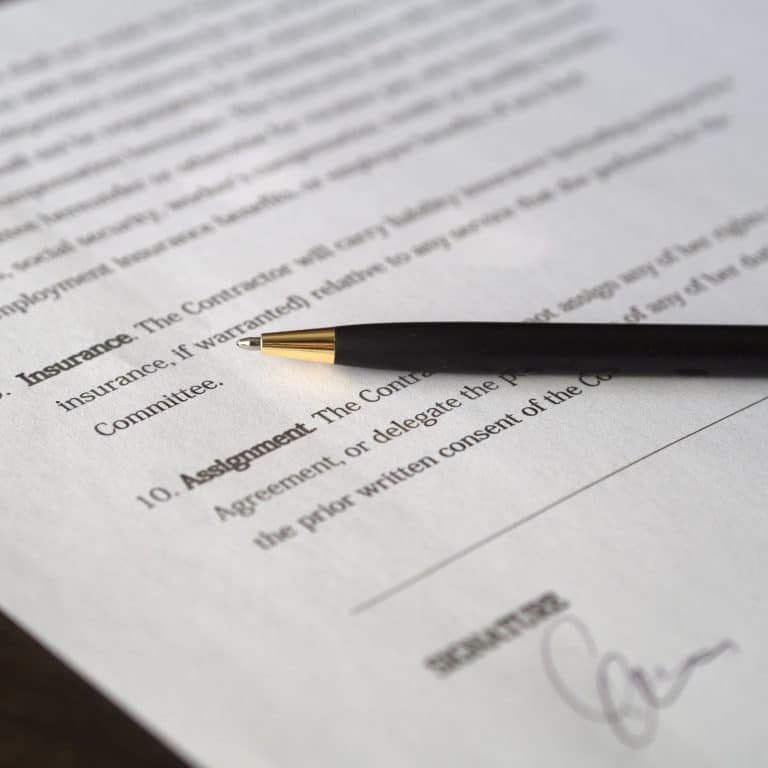By 2020 it’s estimated that 1.7Mb of data will be created every second for every human on the planet. It’s mind-blowing to realise that in the past two years alone, we’ve created more data than at any time in human civilisation.
And now think about the storage and ownership of all that data. The passwords, email accounts, online banking accounts, cryptocurrencies. The wealth of data each one of us creates and builds over our lifetimes.
These assets comprise a potentially highly valuable portion of our estates, making them integral to the estate planning process – call it digital estate planning, if you like.
What are digital assets?
Digital assets are broadly defined to include online accounts and files stored on computers, servers or in the cloud. Everyone has them:
- Social media accounts (Facebook, Twitter, LinkedIn), personal email accounts (Gmail), messaging services (Snapchat) and photo-sharing sites (Instagram, Flickr). Most of these websites and apps have privacy clauses in their terms of service that may prevent your family from accessing them following your death.
- Online bank accounts, eBay, PayPal, BPAY and AdSense accounts, all of which may be of monetary value.
- Files stored on a personal computer, smartphone, tablet, hard drive or stored on an online server. Commonly, these files can include family photos, business documents and personal projects which you may want passed on to family and friends.
- Information or data of value which you wish to gift to certain people, for example designs, artistic or literary works and other forms of intellectual property.
Who owns your digital footprint?
Many of us think that, just because we stop using an account or delete an app, the data they accumulate ceases to exist or that it’s erased by the organisation with which we’re dealing.
This is often not the case, although a number of companies such as Facebook do claim that when an account is deleted they retain no information other than what they’re required to keep, such as purchase history.
The fact is that the ownership of much of our digital data is scattered among numerous organisations and businesses. Imagine the executors of an estate endeavouring to follow your trail of digital breadcrumbs.
How, for instance, do you know if a friend or relative has purchased Bitcoin or some other cryptocurrency? Almost 2,000 new Bitcoin are created every day in a marketplace that will top $1 trillion this year. These currencies are secured in crypto wallets by a private key, meaning that if the details of that key are not recorded, a potentially sizeable portion of an individual’s wealth is lost on their death.
While the law is clear regarding the protection of our physical assets, it is still in many cases playing catch up in relation to our digital assets. In some cases, the default position is that the companies involved end up controlling what happens with those assets, regardless of our wishes.
Consider at-home DNA testing, a booming industry which has seen more than 12 million people submit samples to companies like Ancestry.com.au or 23andMe. Whilst it seems ridiculous to think that anyone other than you owns your DNA, the companies you are engaging with retain the rights to sell or utilise your data in any way they choose. This can include failing to destroy it at your request. Does that now mean our DNA is an asset we should seek to protect in our estate plans?
Protecting your digital legacy
Some tips to consider:
- Take an inventory of your digital assets and accounts so that the executors of your estate know their location and potential value.
- Create a list of the accounts in your name and determine which ones you want your executor to access – and which should be deleted. Include instructions regarding the location of passwords, which should be securely stored as a person’s Will becomes a public document on their death.
- Review and update your digital asset list and estate plan regularly. We recommend an annual digital audit.
- Leave executors with instructions on how to access the value stored in transactional accounts, such as the App Store, Microsoft Store, PayPal and others. Save your media to an external hard drive for safe keeping.
- Check with the companies you use, e.g. Google, to see if they have processes for transferring assets when their users die.
Playing a proactive role in the protection of your assets, be they files and photos or a crypto wallet, is integral. An estate plan that captures all the information relevant to your assets, and one that is regularly updated, will help ensure that little, if anything, is missed by the executors.
Start the conversation with the team at Redchip.



